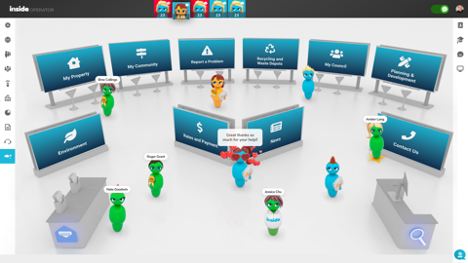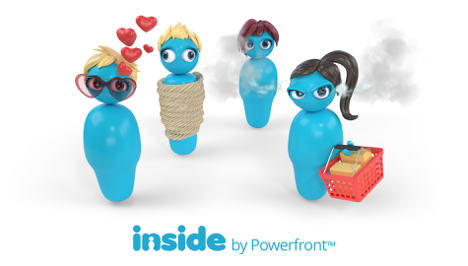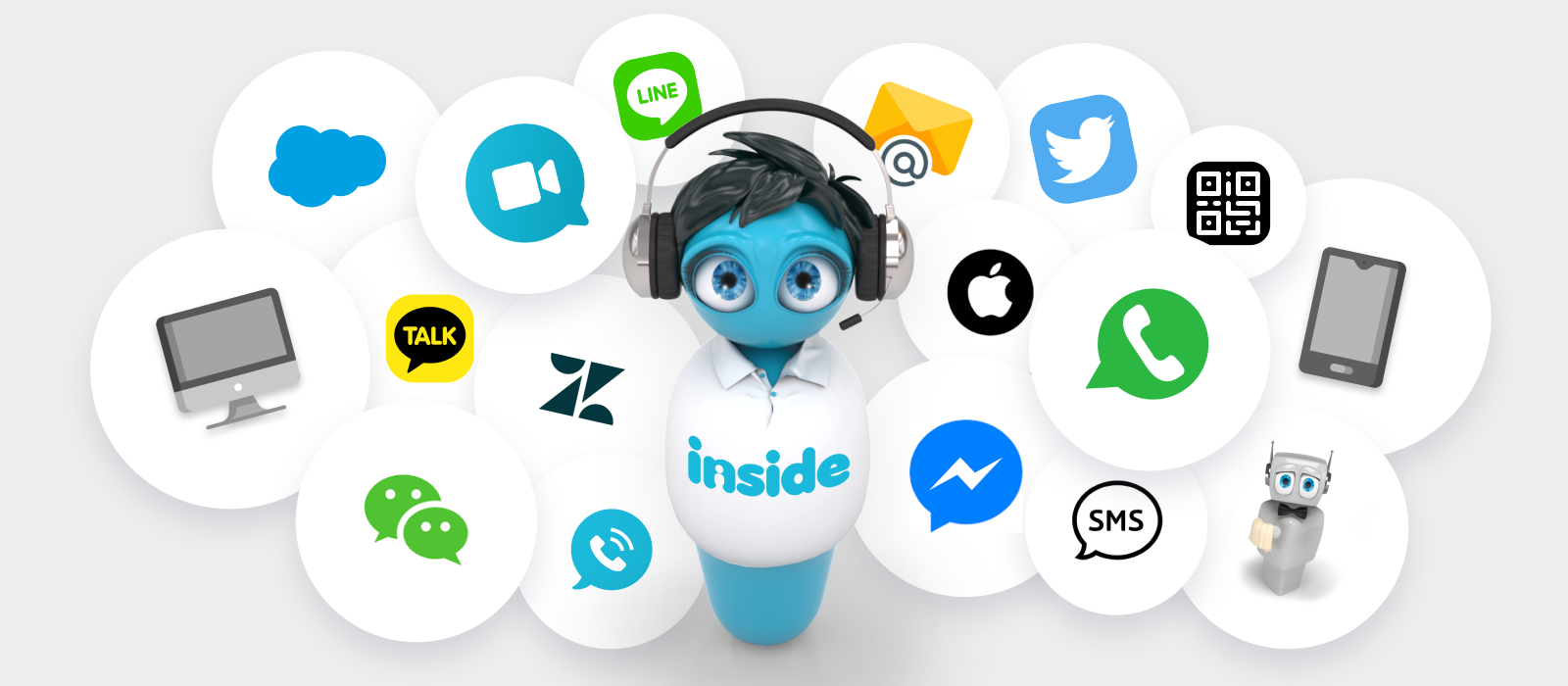Live chat, messaging, social media and related digital touchpoints have the potential to help government agencies provide their constituents with better customer service and to lower the cost of delivering those services.
Those digital touch points also have the potential to overwhelm government customer service agents, leading to a lousy experience for everyone. So, what makes the difference?
Driving a Shift
The key is driving channel shift, said Chelsea Dawson, Director of Business Development at Powerfront, which launched its INSIDE customer engagement solution in 2014, based on more than a dozen years working in the e-commerce space.
Channel shift happens when people realize that they can avoid long waits at on office or on the phone by doing a quick web chat – but only if the agencies have the right tools to manage their digital channels.
Conversely, if agencies do not have the right tools to manage those digital channels, people who begin an inquiry online are likely to end up getting frustrated and resorting to a phone call or in-person visit after all. That’s known as channel failure.
As long as that is happening on a regular basis, people will continue to rely on traditional channels, which makes it difficult for agencies to capture the gains in efficiencies and customer experiences that digital channels offer – in which case those digital channels just add more work to already-overworked agency staff.
“Agencies want to get customers off expensive channels like voice and walk-in traffic, and shift them to online,” Dawson said.
Boost Your CX IQ
The key is to bring more intelligence to the management of those digital channels.
Think about a homeowner going to a county website to learn how to file a building permit before starting a home improvement project. If they can’t find what they are looking for, they are likely to end up at the “Contact Us” page. Even if they have an option for a webchat, the odds are good that they will look for the phone number instead. That’s a channel failure.
But imagine that a chatbot would pop up when that homeowner visited the “Contact Us” page. Knowing that the homeowner had come from the “Building Permits” page, that chatbot might ask, “This is Mack from customer service. It looks like you might need help with your building permit. I’m here to help.”
That kind of personalized, context-sensitive response might succeed in keeping the homeowner in the digital channel rather than making that call. “40% to 50% of the customers that receive a proactive message actually go on to have a chat,” Dawson said. That is how agencies can begin to capture efficiencies and to deliver better customer experiences, she said.
Artificial intelligence makes it possible for chatbots and other tools to offload a lot of interactions from agency staff while passing more complex interactions to human agents. But even if a human agent takes the lead on interaction, the chatbot can assist, providing that agent with suggested responses so that the agent can reduce handling time and handle multiple customers at once.
Engagement That Scales
Good customer service, however, is based on more than good individual interactions. As channel shift occurs, customer service agents need to have a holistic view of interactions across all digital channels.
That’s where traditional customer engagement solutions break down. As the range of channels expands and the number of interactions increases, traditional solutions might provide a lot of data, but they don’t provide the kind of real-time visibility that enables agents to respond in a timely and effective manner.

INSIDE by Powerfront is unique in visualizing data to show agents a “floor” representative of a website and avatars that represent customers to show how website users are engaged across different channels and, thanks to AI, what kind of experience they are having. The system is based on a simple, well-proven premise: The human brain grasps information more quickly when it’s presented visually, rather than in text alone.
For example, the agent might see that one customer had been interacting with a chatbot, but its avatar’s eyes are closed now. The avatar of another customer, on the other hand, looks angry, with eyes glaring and smoke coming out of its ears. Behind the scenes, AI is monitoring customer interactions to gather such sentiments and present them visually to an agent.

Having that information available at a glance makes it possible for the agent to quickly decide where to intervene first. The system also provides access to background information, including the current chat and previous customer activity across different channels, which can help inform their response.
In addition to monitoring an agency’s own channels, INSIDE integrates with various commercial digital channels, including Facebook Messenger Live, WeChat, WhatsApp, Twitter DM, and more, presenting these touchpoints to the agent in a unified desktop view.
The combination of the intuitive interface and AI capabilities makes it possible for an agent to manage interactions with multiple customers across multiple channels at one time while providing more effective and efficient service than is often possible in person or on a call.
That kind of service makes channel shift possible.
A Long-Term Payoff
Powerfront has its roots in the e-commerce world, where its platform helps luxury brands such as Gucci, Valentino and Neiman Marcus provide high-touch customer experiences that mirror the in-store experience. But the company now is seeing growing interest from local government, beginning in Australia.
The same capabilities that provide a rich shopping experience also deliver what constituents are looking for from agencies: Quick, painless interactions. Powerfront can help agencies create digital workflows that minimize the need for human involvement, making services both more effective and more cost-efficient.
“Constituents don’t contact their local government for fun – it’s the last thing they want to do,” Dawson said. “So, the goal for local government is to make the experience as fast and seamless as possible.”
Better yet, as channel shift happens, constituents benefit in another way that they might not realize: A more effective use of their tax dollars.
“By implementing more efficient ways to deliver these services, they’re able to deploy resources to other areas like community engagement programs, childcare and all the other services they offer,” Dawson said.
Interested in driving digital transformation within your government agency? Visit Powerfront to learn more.





Leave a Reply
You must be logged in to post a comment.